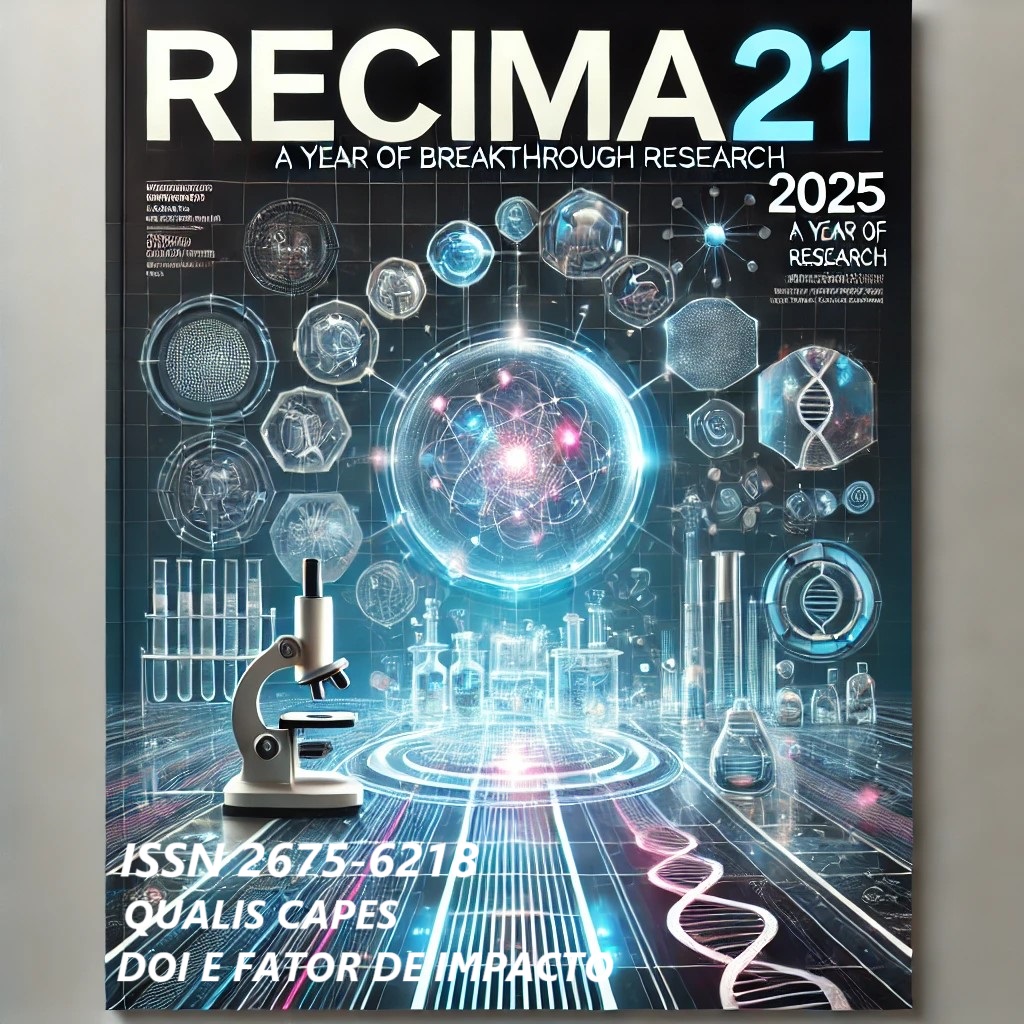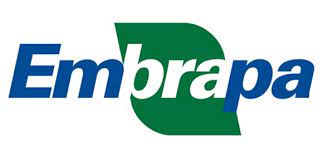COMPARISON OF RITUXIMAB, AZATHIOPRINE AND MYCOPHENOLATE MOFETIL IN THE MANAGEMENT OF NEUROMYELITIS OPTICA SPECTRUM DISORDERS: A SYSTEMATIC REVIEW
DOI:
https://doi.org/10.47820/recima21.v6i5.6373Keywords:
Rituximab. Azathioprine. Mycophenolate Mofetil. Neuromyelitis Optica.Abstract
Neuromyelitis optica (NMO) is a severe autoimmune condition that affects the central nervous system, particularly the optic nerves and spinal cord, and is more common in females, with a gender ratio ranging from 4:1 to 9:1. Methodology: This study consisted of a systematic review conducted through the Scopus, PubMed® and SciELO databases, using the descriptors: rituximab, neuromyelitis optica and treatment. Studies published in the last 8 years, without language restrictions, that addressed the topic were included. Results and discussions: Reduced-dose rituximab regimens significantly reduced the annualized relapse rate (ARR) and the need for steroids, in addition to presenting a lower incidence of adverse events and better tolerability. Furthermore, rituximab and MMF were safer than AZA, with fewer serious adverse effects reported. Conclusions: It was concluded that treatment with rituximab, compared to AZA and MMF, presented solid results and fewer adverse events and better tolerance, in addition to lower steroid consumption. However, further studies are needed to optimize its use in specific subgroups.
Downloads
References
AKAISHI, T. et al. Depressive state and chronic fatigue in multiple sclerosis and neuromyelitis optica. J Neuroimmunol, v. 283, p. 70–73, 2015. DOI: https://doi.org/10.1016/j.jneuroim.2015.05.007
BOURRE, B.; LEFAUCHEUR, R.; GIRAULT, C. Treatment of NMO relapse in the elderly: Rituximab when plasma exchange fails? Acta Neurol Belg, v. 113, p. 335–336, 2013. DOI: https://doi.org/10.1007/s13760-013-0178-6
CABRE, P. et al. Treatment of neuromyelitis optica with rituximab: a 2-year prospective multicenter study. J Neurol, v. 265, n. 4, p. 917-925, 2018. DOI: https://doi.org/10.1007/s00415-018-8771-5
CAO, S. et al. Efficacy and safety of modified reduced-dose rituximab in Chinese patients with neuromyelitis optica spectrum disorder: A retrospective cohort study. J Neurol Sci, v. 429, p. 117616, 2021. DOI: https://doi.org/10.1016/j.jns.2021.117616
CHRISTOPH, F. B-cell markers predict response of rituximab in systemic lupus erythematosus. Immunotherapy, v. 3, p. 1294–1295, 2011.
DE ANDRÉS, C. et al. Changes in B and T-cell subsets and NMO-IgG levels after immunoglobulins and rituximab treatment for an acute attack of neuromyelitis optica. Neurologia, v. 30, p. 276–282, 2015. DOI: https://doi.org/10.1016/j.nrleng.2013.12.013
ELSONE, L. et al. Role of intravenous immunoglobulin in the treatment of acute relapses of neuromyelitis optica: Experience in 10 patients. Mult Scler, v. 20, p. 501–504, 2014. DOI: https://doi.org/10.1177/1352458513495938
EVANGELOPOULOS, M. E. et al. Treatment of neuromyelitis optica and neuromyelitis optica spectrum disorders with rituximab using a maintenance treatment regimen and close CD19 B cell monitoring. A six-year follow-up. J Neurol Sci, v. 372, p. 92-96, 2017. DOI: https://doi.org/10.1016/j.jns.2016.11.016
JACOB, A. et al. Current concept of neuromyelitis optica (NMO) and NMO spectrum disorders. J Neurol Neurosurg Psychiatry, v. 84, p. 922–930, 2013. DOI: https://doi.org/10.1136/jnnp-2012-302310
NIKOO, Z. et al. Comparison of the efficacy of azathioprine and rituximab in neuromyelitis optica spectrum disorder: a randomized clinical trial. J Neurol, v. 264, n. 9, p. 2003-2009, 2017. DOI: https://doi.org/10.1007/s00415-017-8590-0
QUEK, A. M. et al. Effects of age and sex on aquaporin-4 autoimmunity. Arch Neurol, v. 69, p. 1039–1043, 2012. DOI: https://doi.org/10.1001/archneurol.2012.249
TAKIZAWA, T.; SUZUKI, S.; SUZUKI, N. When do we judge IVIg for myasthenia gravis ineffective? Neurol Sci, v. 36, p. 1295–1297, 2015. DOI: https://doi.org/10.1007/s10072-014-2039-3
TING, L. et al. Anti-Rituximab antibody in patients with NMOSDs treated with low dose Rituximab. Journal of Neuroimmunology, v. 316, p. 107-111, 2018. DOI: https://doi.org/10.1016/j.jneuroim.2017.12.021
UZUNKÖPRÜ, C. et al. The efficacy of rituximab in patients with neuromyelitis optica spectrum disorder: A real-world study from Turkey. Int J Clin Pract, v. 75, n. 7, e14158, 2021. DOI: https://doi.org/10.1111/ijcp.14158
YANG, Y. et al. Comparison of efficacy and tolerability of azathioprine, mycophenolate mofetil, and lower dosages of rituximab among patients with neuromyelitis optica spectrum disorder. J Neurol Sci, v. 385, p. 192-197, 2018. DOI: https://doi.org/10.1016/j.jns.2017.12.034
ZAMVIL, S. S.; SLAVIN, A. J. Does MOG Ig-positive AQP4-seronegative opticospinal inflammatory disease justify a diagnosis of NMO spectrum disorder? Neurol Neuroimmunol Neuroinflamm, v. 2, e62, 2015. DOI: https://doi.org/10.1212/NXI.0000000000000062
Downloads
Published
License
Copyright (c) 2025 RECIMA21 - Revista Científica Multidisciplinar - ISSN 2675-6218

This work is licensed under a Creative Commons Attribution 4.0 International License.
Os direitos autorais dos artigos/resenhas/TCCs publicados pertecem à revista RECIMA21, e seguem o padrão Creative Commons (CC BY 4.0), permitindo a cópia ou reprodução, desde que cite a fonte e respeite os direitos dos autores e contenham menção aos mesmos nos créditos. Toda e qualquer obra publicada na revista, seu conteúdo é de responsabilidade dos autores, cabendo a RECIMA21 apenas ser o veículo de divulgação, seguindo os padrões nacionais e internacionais de publicação.













